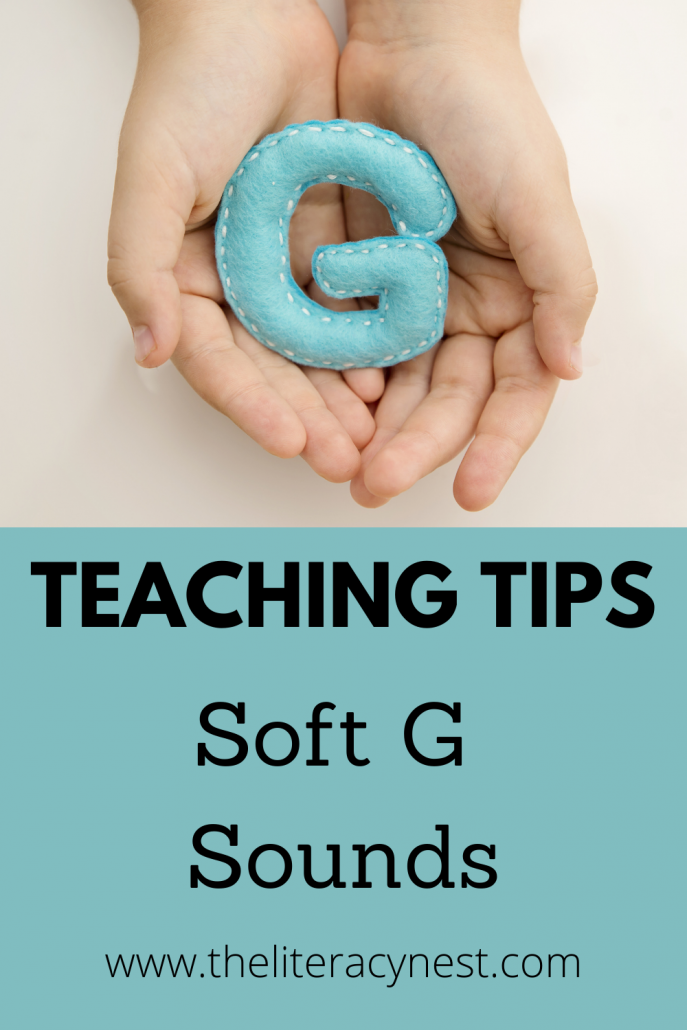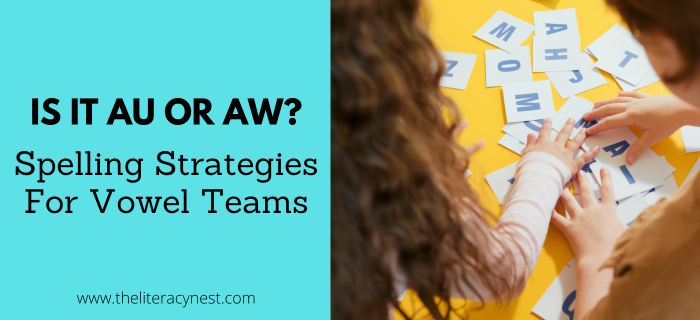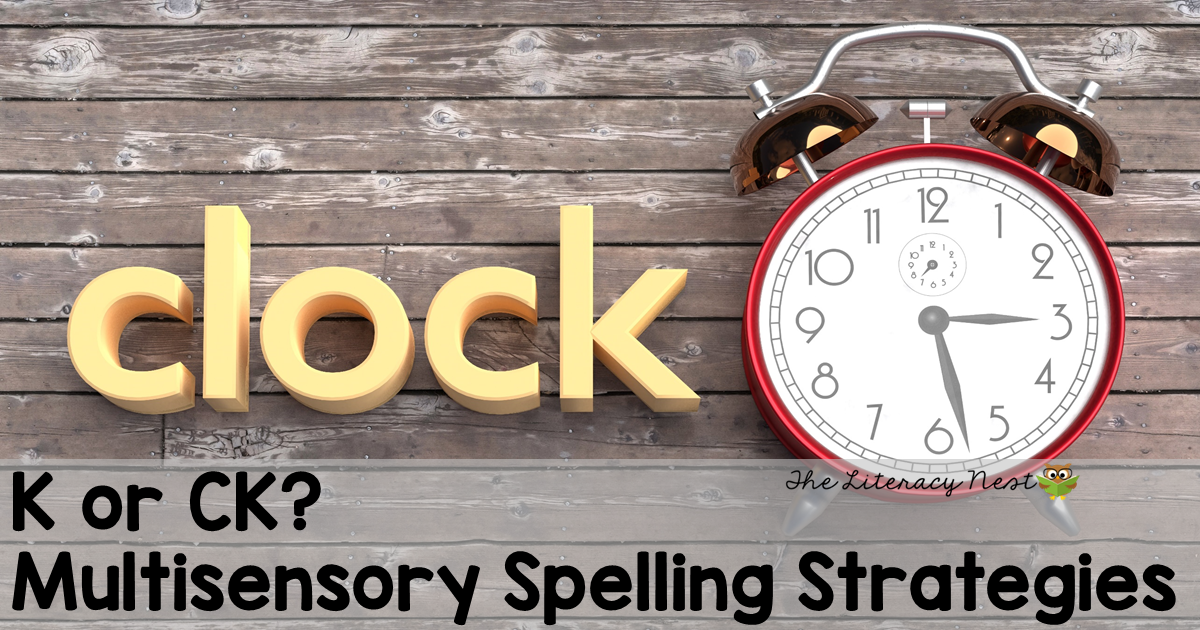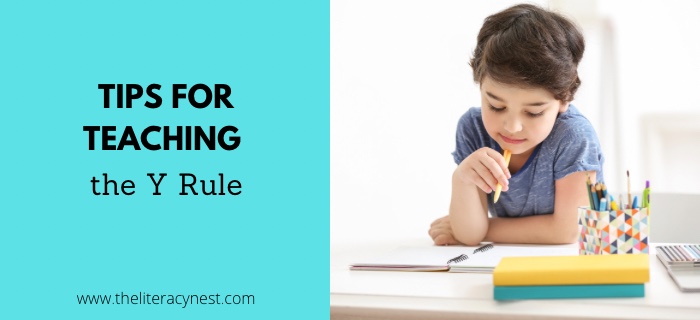Tips for Teaching Soft G Sounds
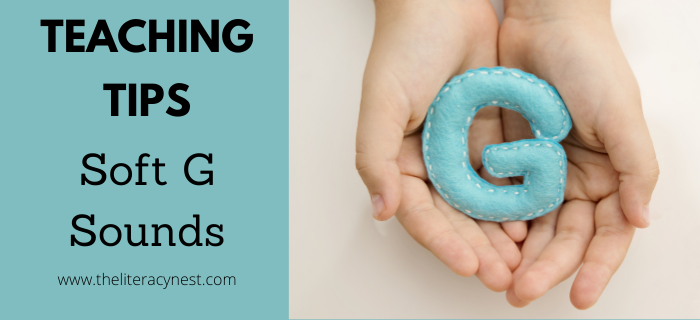
Although the hard sound for g is more common than the soft sound, eventually the soft sound becomes necessary to learn and master. Many children may already associate the /j/ sound with the letter g due to the letter name. However, due to its greater utility, we typically teach the hard g sound first.
Prerequisites for Learning Soft g
To learn soft g, it is helpful for students to have a solid understanding of long and short vowel sounds, to be able to distinguish between vowel sounds, and to know at least closed and vce syllable types. It is helpful for students to know all the consonants. I think it is also useful to have a knowledge of r controlled or vowel team syllables.
Soft g seems to be easier to learn after having already learned soft c. Just as c makes its soft sound before I, y and e, soft g says /j/ before I, y and e. Soft g is somewhat less predictable than soft c and there are quite a few spelling exceptions. However, there is one very reliable part of this rule. No English words ends with j. Students may find it easier to first read words with soft g at the end and then try words with g at the beginning or middle. Learning the trigraph dge and its spelling rule is a very logical skill to follow up with.
Challenges
Learning the soft g sound can be challenging for some students. For students that have difficulty distinguishing between vowel sounds, this can pose a particular challenge. Students who have difficulty remembering spelling rules or generalizations are more likely to struggle with this skill as well. While both c and s can be found at both the beginning and the ending of a word, no English word ends in j. In this way, students can quite easily determine the use of soft g at the end of a word. However, it is necessary for them to learn an additional spelling rule to accuracy decide whether to use ge or dge.
There are quite a few exceptions to the soft g generalization at the beginning of syllables, including some very common and high use words such as get, give, girl, and gift. The suffix -y may add a layer of complexity as some words with the -ng sound maintain the -ng, but others utilize the soft g sound depending on the spelling of the base word. For example, stringy and zingy don’t use soft g, but dingy and mangy (base words dinge & mange) do. For students who have difficulty learning what “looks right”, they should be encouraged to use a spelling resource to check when they are unsure of the correct spelling.
Using a Speech to Print Method
Particularly for spelling, the underpinnings of soft g as an initial or medial sound are based in phonemic awareness skills. Students need to be able to hear and isolate the /j/ sound, but also must be able to analyze the sound that follows. Students need to link the known /j/ sound to the spelling g and to learn the visual patterns in which they will see the soft g. They need to build familiarity with the orthographic patterning of words that end in -ge for example. A logical sequence would be moving from identifying hard and soft g in spoken language (words, sentences, and stories) to using the printed words, sentences, and stories to predict the presence of the soft g sound.
Explicit Teaching
Despite the exceptions, it is worth the effort for students to explicitly learn the rules of when g makes the soft sound. Deliberate attention in the phoneme drill, blending drill and what says is important. Tracing or highlighting the orthographic patterns for the soft g sound as well as practice reading and writing words, sentences and stories with soft g is just as valuable as these procedures for a new vowel team. Other ways to make this learning multisensory and memorable include the use of hand gestures or props. Making a g shape cut out of fabric to represent soft g and a wooden g to represent the hard sound can reinforce the language and concept in a very concrete way. Correctly reading and writing words with soft g often requires a great deal of practice.
Students may benefit from an anchor chart or poster for quite some time. I find even some of my most advanced students will use the wrong sound for g on occasion during the blending drill or if reading nonsense words or unfamiliar vocabulary. A hand gesture or quick point at a poster can help students self-correct efficiently. Many students may have an easier time with the soft sound of g as part of vowel consonant e words. Introducing words such as cage or stage may be an easier introduction to this concept for students that are struggling. It is important for students to not only recognize the role that final e plays in making the g sound soft, but also using that final e when spelling words such as large or huge.
Teaching the ge/dge spelling generalization is a final finishing touch on appropriate use of the soft g sound.
Use Sorting Activities
One of the best ways to practice feature like soft g is through sorts. Students need to attend to the vowel in a word to correctly choose a sound for g. Sorts are a great way to practice locating and analyzing that important vowel. For example, students could sort nonsense words into hard and soft g sounds based on the vowel that follows the g . This is particularly useful for students that need to learn the rule but have a relatively large reading vocabulary. When students have a large sight vocabulary, it can be difficult to know if they are understanding and applying new concepts.
Use this sorting mat with a wooden G and a felt G for sorting hard and soft g sounds.
For students with less automaticity reading words, practice sorting and reading real words. They could range from simple closed syllables to more complex multisyllabic words. Reading the words after sorting is a way for students to check their sorting. For a more phonemic awareness focus, use pictures. Students can sort the images into words with a soft g or hard g sound and even make predictions about vowels and vowel spelling choices. In a similar way students can sort between words that use ge and dge.
Games Make Wonderful Reinforcement
There are few better ways to reinforce complex learning than through play. Reading and spelling games with soft g provide students with practice that doesn’t feel too much like work. Often students will read a word far more times during a game of Memory than simply reading words from a list.
While reading with soft g at the end has few surprises, reading and spelling soft g at the beginning of a syllable is trickier. It is not quite so cut and dry. This is a time when it is appropriate to teach students about spelling options and use prompts such as “What other letter could be making that sound?” during S.O.S. or dictation. Ultimately, a proficient reader and speller is able to be flexible trying multiple sounds or multiple spelling when necessary.
For More Resources to Teach Hard and Soft G Sounds
This hard and soft g resource will provide with the explicit and systematic phonics practice your students need in a structured literacy model.
For Resources to Teach Hard and Soft C
Teaching Tips for Hard and Soft C Sounds provides a TON of suggestions for this tricky concept!

This hard and soft c resource will provide with the explicit and systematic phonics practice your students need in a structured literacy model.
